What You Need to Know about Oil Rig Training
Oil rig training is critical for preparing personnel for the physically demanding and technically complex world of oil and gas exploration and production. This oil rig training equips workers with the knowledge, skills, and safety awareness needed to operate effectively in high-risk offshore and onshore drilling environments.
Why Oil Rig Training is Important
This chart highlights how training directly impacts safety, efficiency, and career growth in the oil and gas industry.
| Reason | Explanation | Impact |
| Safety Compliance | Meets OSHA, IADC, and BSEE regulations for offshore operations. | Avoids legal penalties and ensures a safe work environment. |
| Accident Prevention | Teaches hazard recognition (fires, explosions, equipment failures). | Reduces injuries, fatalities, and costly downtime. |
| Emergency Preparedness | Covers HUET, firefighting, first aid, and spill response. | Saves lives during blowouts, helicopter crashes, or medical emergencies. |
| Operational Efficiency | Trains workers in proper drilling, maintenance, and machinery handling. | Improves productivity and reduces equipment failures. |
| Skill Standardization | Ensures all crew members follow best practices in high-risk tasks. | Prevents errors caused by lack of knowledge or experience. |
| Career Advancement | Certifications (IWCF, OPITO, H2S) are often required for promotions. | Opens doors to higher-paying roles like driller or offshore manager. |
| Environmental Protection | Teaches proper handling of oil, chemicals, and waste disposal. | Prevents spills and reduces ecological damage. |
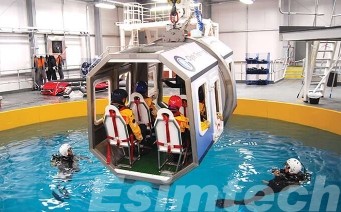
Key Areas of Oil Rig Training
To ensure readiness and compliance with industry standards, the training programs focus on several core areas that form the foundation of effective oil rig training.
1. Basic Offshore Safety Training (BOSIET)
Before stepping onto a rig, all personnel must complete Basic Offshore Safety Induction and Emergency Training (BOSIET) or its equivalent. This includes:
- Helicopter Underwater Escape Training (HUET): Escaping a submerged helicopter
- Firefighting & Self-Rescue: Using fire extinguishers and survival suits
- Sea Survival Techniques: Life rafts, flares, and emergency signals
- Basic First Aid : Handling injuries in remote locations
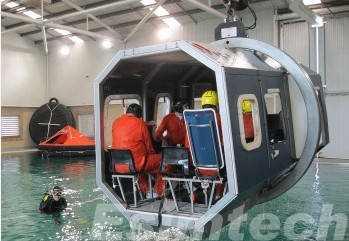
2. Technical Mastery of Rig Equipment
Operating on an oil rig demands a strong command of the machinery that powers drilling operations. Training covers the mechanics and maintenance of essential systems such as mud pumps, rotary tables, derricks, and blowout preventers. Through hands-on experience, trainees learn how to operate these tools efficiently while reducing wear and preventing malfunctions that could lead to downtime or accidents. Mastery of equipment is not only a requirement for job performance but also a key component of personal and team safety.
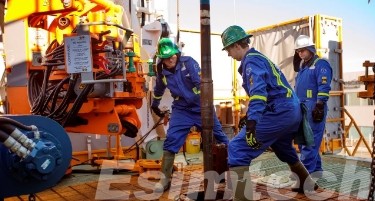
3. Understanding Well Control Dynamics
One of the most complex and essential areas of training involves understanding well pressure and how to control it. Well control instruction is designed to prepare personnel for the possibility of a kick—a dangerous influx of formation fluids that could lead to a blowout. Through classroom sessions and advanced well control simulators, workers learn how to read pressure data, use blowout preventers effectively, and apply control strategies in real time. This training often leads to certification by governing bodies such as IWCF or IADC, which is crucial for those in supervisory and drilling roles.

4. Handling Hazardous Materials Responsibly
Working with chemicals and flammable substances is a daily reality on the rig. As such, training in hazardous material handling is essential for preventing contamination, exposure, and accidents. Workers are taught proper labeling, storage, and disposal methods, as well as how to interpret Material Safety Data Sheets (MSDS). Spill response and emergency containment procedures are also emphasized to minimize environmental impact and ensure compliance with health and safety regulations.
5. Developing Strong Emergency Response Skills
Oil rig training places a heavy focus on emergency preparedness. Whether it’s a fire, a man-overboard event, or a sudden structural hazard, workers must be able to respond with speed and accuracy. Emergency response drills simulate a variety of potential crises, training personnel in evacuation techniques, search and rescue methods, and the effective use of safety equipment. These exercises help instill calm, coordinated responses in high-stress situations.
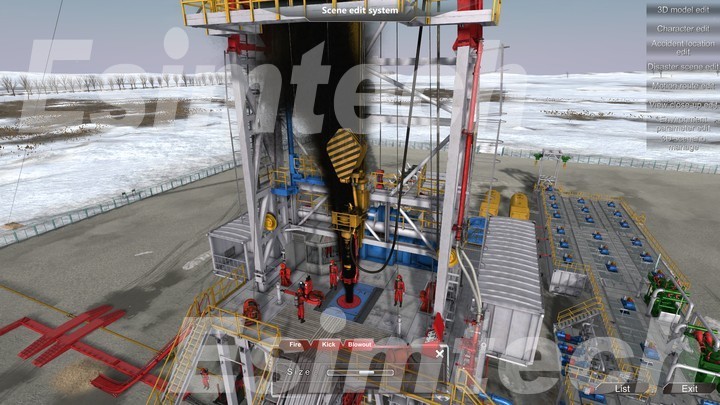
6. Communication and Team Coordination
Teamwork on an oil rig is more than cooperation—it’s a critical element of safety and success. Training sessions often emphasize the importance of clear, concise communication, particularly during shifts, equipment handovers, and emergencies. Trainees learn to use communication systems like radios and intercoms effectively and to follow structured reporting and escalation protocols. Good communication ensures that every team member stays informed and aligned, reducing errors and enhancing operational efficiency.
7. Environmental Awareness and Compliance
Finally, oil rig workers are trained to operate in a way that respects and protects the environment. This involves understanding how drilling impacts ecosystems and learning how to manage waste, prevent spills, and meet regulatory expectations. Environmental training not only supports sustainability efforts but also reinforces the industry’s responsibility to preserve the natural surroundings in which it operates.
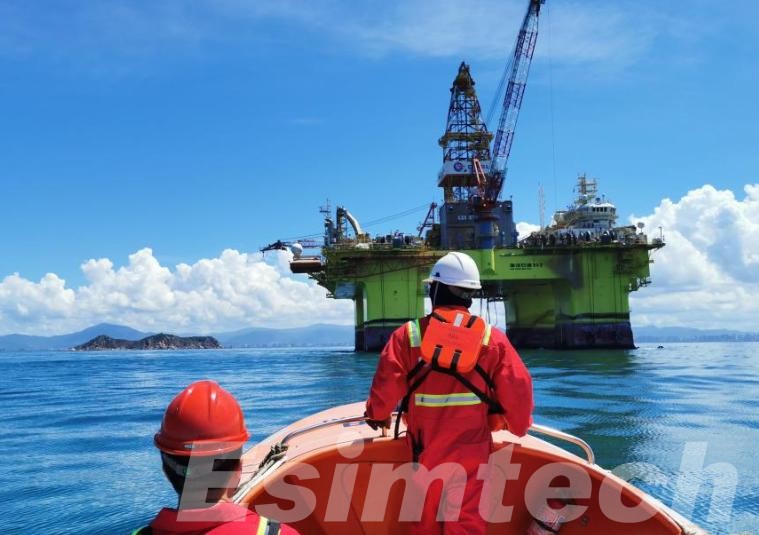
Training Methods and Technologies Used for Oil Rig Training
Oil rig training has evolved significantly in recent years, integrating advanced technologies and immersive methodologies to prepare personnel for the complex, high-risk environment of drilling operations. The goal is not only to ensure compliance with safety and operational standards but also to build confidence and competence through realistic, engaging experiences.
- Simulation-Based Training
One of the most transformative tools in oil rig training is the use of high-fidelity drilling simulators. These systems replicate real-world drilling scenarios in a virtual environment, allowing trainees to interact with equipment, monitor well behavior, and respond to critical situations such as kicks or blowouts. Simulators provide a safe and controlled way to practice decision-making, equipment handling, and teamwork under pressure, without the risks associated with on-site mistakes. Drilling simulators, well control simulators and crane operation simulators are among the most widely used.
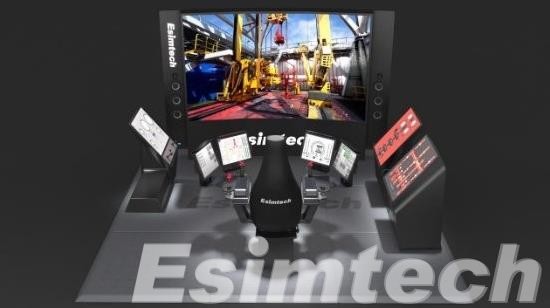
- Virtual Reality (VR) and Augmented Reality (AR)
Virtual and augmented reality technologies are increasingly being adopted to enhance spatial awareness and procedural training. VR simulates the trainee in a 360-degree environment, such as a rig platform or engine room, offering lifelike experiences that strengthen memory retention and situational understanding. AR, on the other hand, overlays digital information onto physical equipment, which helps trainees understand component functions and follow complex assembly or maintenance procedures in real time. Both technologies are especially useful for training in hazardous or difficult-to-access areas.

- Instructor-Led Classroom Training
Despite technological advancements, instructor-led sessions remain a cornerstone of oil rig training. Experienced professionals provide theoretical grounding in topics such as drilling engineering, well control principles, safety regulations, and environmental management. Classroom sessions encourage discussion, facilitate question-and-answer interaction, and often include case studies that bridge the gap between textbook knowledge and real-world applications.
- E-Learning and Digital Platforms
Digital learning platforms allow trainees to access training materials, videos, quizzes, and certification modules at their own pace. These platforms support blended learning approaches, where online instruction complements hands-on or simulator-based activities. E-learning is especially valuable for theory-heavy content such as HSE (Health, Safety, and Environment), compliance updates, and refresher courses, making training more flexible and accessible to global teams.
- On-the-Job Training and Mentorship
Practical, on-the-job experience remains critical. New workers often shadow experienced rig personnel to learn daily operations, troubleshooting techniques, and safety practices in a real-world setting. This mentorship approach fosters skills transfer and reinforces a culture of accountability and collaboration. Field exposure also allows trainees to adapt to the physical and mental demands of rig life—something no simulator can fully replicate.
- Scenario-Based Drills and Emergency Exercises
Routine drills, including fire response, man-overboard scenarios, and well blowout simulations, are integral to oil rig training. These exercises test the crew’s ability to respond under pressure and verify the effectiveness of emergency protocols. Repetition builds muscle memory, and post-drill debriefs help identify areas for improvement.
- Data-Driven Assessment and Feedback
Modern training programs often incorporate data analytics to track trainee performance. Metrics such as reaction time during emergencies, decision-making accuracy in simulators, and compliance with safety checklists are used to evaluate readiness. This feedback allows for personalized learning paths and continuous improvement, ensuring every trainee meets the required competency level.
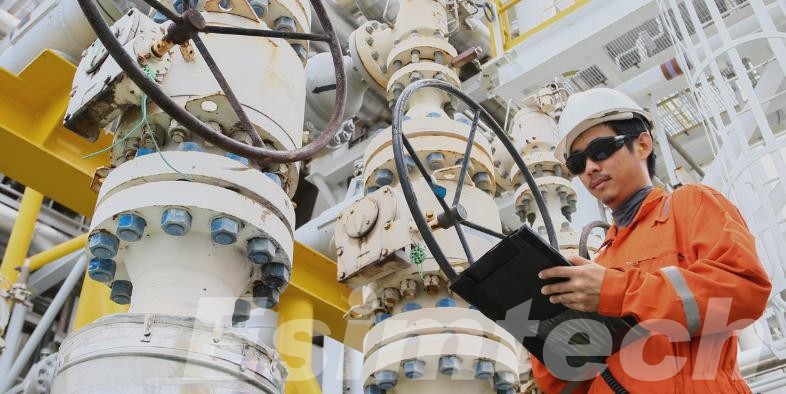
Final Words
Oil rig training is not only about acquiring technical knowledge and it’s about cultivating a mindset of safety, preparedness, and teamwork. As the oil and gas industry continues to advance, the demand for well-trained, competent professionals who can meet its challenges head-on. Whether for newcomers or experienced workers upgrading their skills, oil rig training is indispensable of a safe and successful energy workforce.
